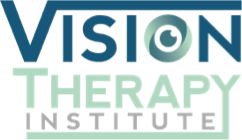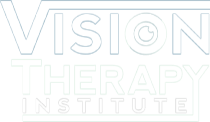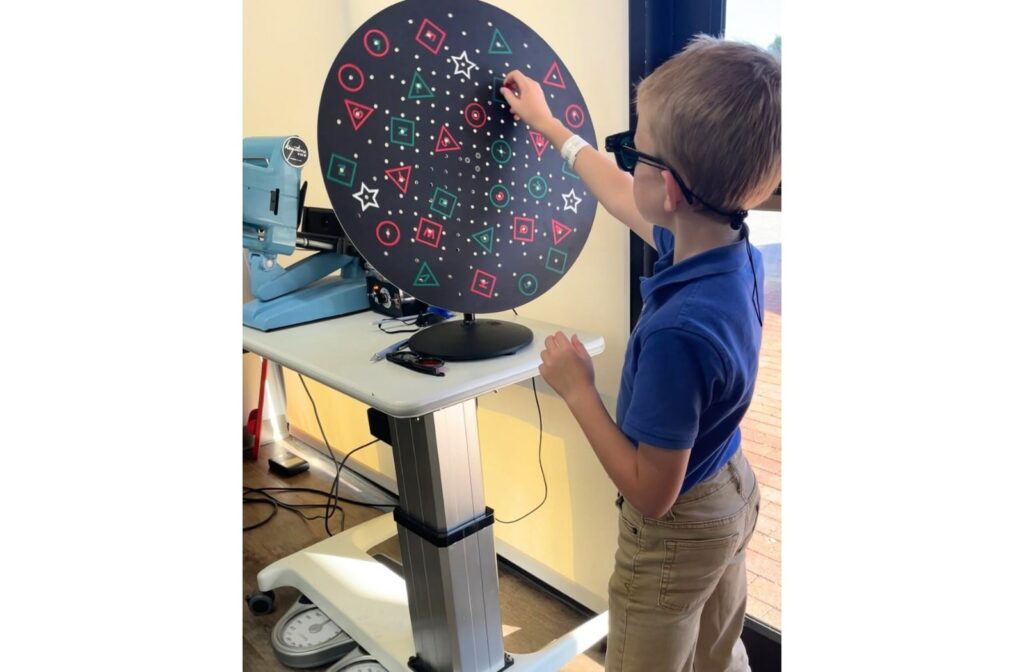
As parents, we all want our children to see the world clearly and to develop their full potential. Sometimes, however, children struggle with visual issues that aren’t immediately obvious but can impact their learning, development, and confidence. One effective approach to addressing these challenges is vision therapy—a personalized, non-invasive treatment designed to improve visual skills and processing.
What is Vision Therapy?
Vision therapy is a specialized form of treatment guided by a behavioral optometrist and a vision therapist. Unlike corrective glasses or contact lenses, which simply correct refractive errors, vision therapy aims to enhance the visual system’s function. It helps improve eye teaming, focusing, tracking, and coordination—skills essential for reading, writing, and overall academic success.
Why Is Vision Therapy Important for Small Children?
Early childhood is a critical period for visual development. During this time, the visual system is highly adaptable, making it an ideal window for intervention. Vision problems that go unnoticed can lead to difficulties such as:
- Eye strain or fatigue
- Poor reading skills
- Avoidance of near work or school activities
- Difficulty concentrating or paying attention
- Headaches or double vision
Addressing these issues early through vision therapy can prevent long-term academic and social challenges.
Common Visual Problems Addressed by Vision Therapy
Vision therapy can help with various issues, including:
- Lazy Eye (Amblyopia): Improving vision in the weaker eye.
- Strabismus: Correcting crossed or turned eyes.
- Eye Teaming Problems: Enhancing coordination between both eyes.
- Focusing Difficulties: Helping children sustain clear vision at different distances.
- Tracking and Eye Movement Disorders: Improving the ability to follow moving objects smoothly.
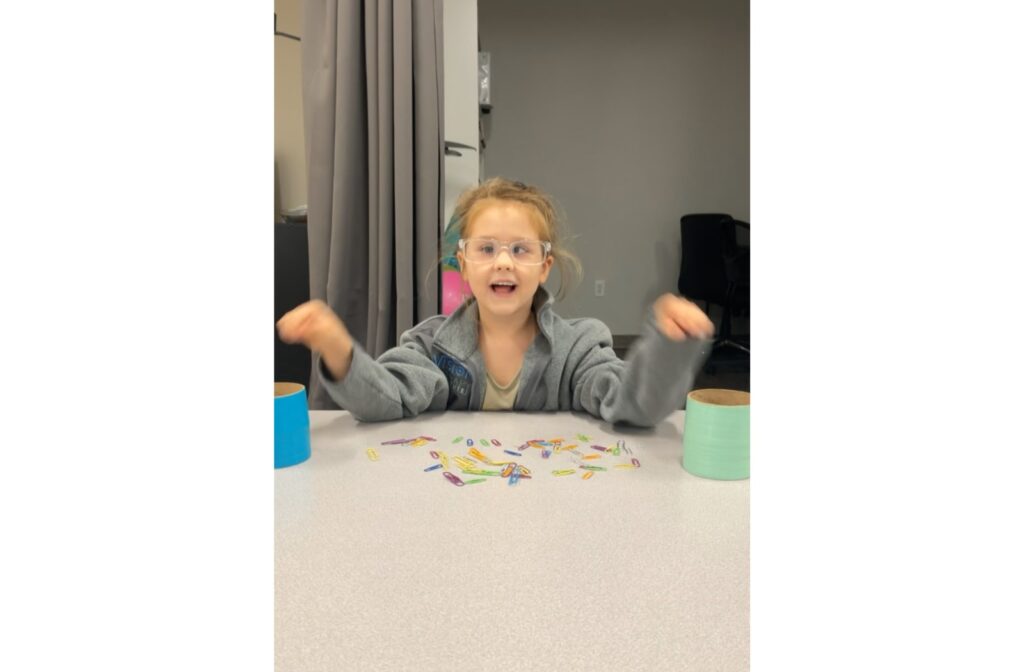
What Does Vision Therapy Involve?
A typical vision therapy program is tailored to each child’s specific needs. It may include:
- Eye exercises to strengthen eye muscles
- Use of specialized equipment like prisms, lenses, or computer-based activities
- Home activities to reinforce skills learned during therapy sessions
- Parental involvement to support practice outside of the clinic.
Sessions are scheduled weekly, with progress monitored regularly. The duration varies depending on the child’s needs and response to therapy. Typically it is after 10 sessions.
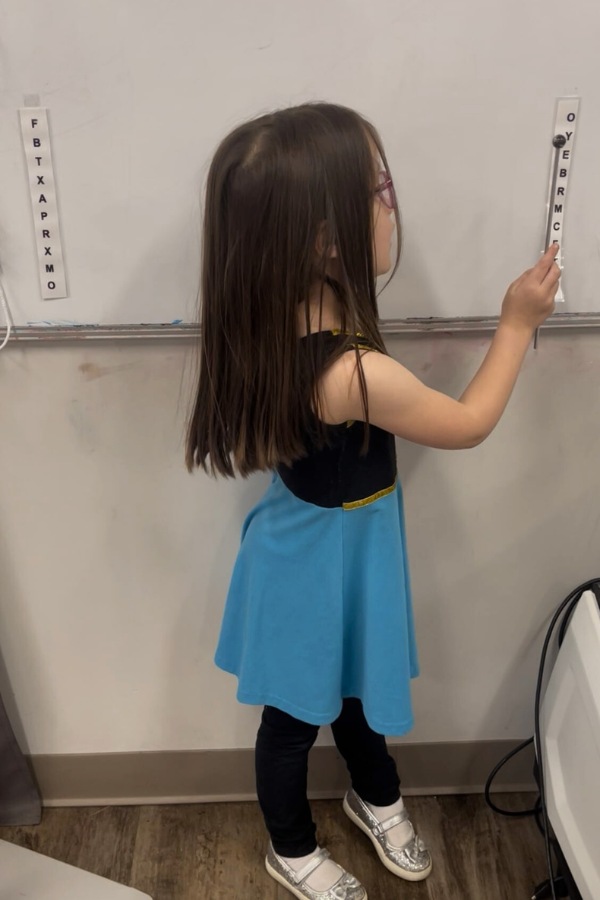
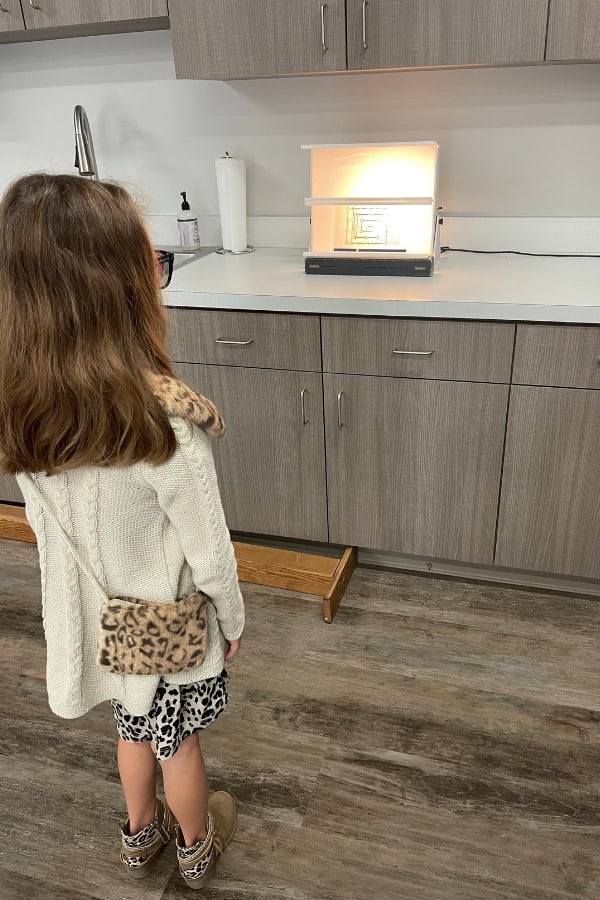
Benefits of Vision Therapy for Children
Research and clinical experience show that vision therapy can:
- Improve reading and learning abilities
- Enhance visual attention and processing speed
- Reduce eye strain and fatigue
- Boost confidence and independence
- Support overall academic achievement
Is Vision Therapy Right for Your Child?
If you notice your child struggling with reading, avoiding tasks requiring near vision, or experiencing frequent headaches, it may be worth consulting an eye care professional. A vision therapy evaluation can identify whether vision therapy could benefit your child’s development.
Final Thoughts
Investing in your child’s visual health can have a lasting impact on their educational journey and confidence. Early intervention through vision therapy offers a promising pathway to overcoming visual challenges and unlocking your child’s full potential. If you suspect your child might benefit, speak with a qualified optometrist or vision therapist to explore the options available.
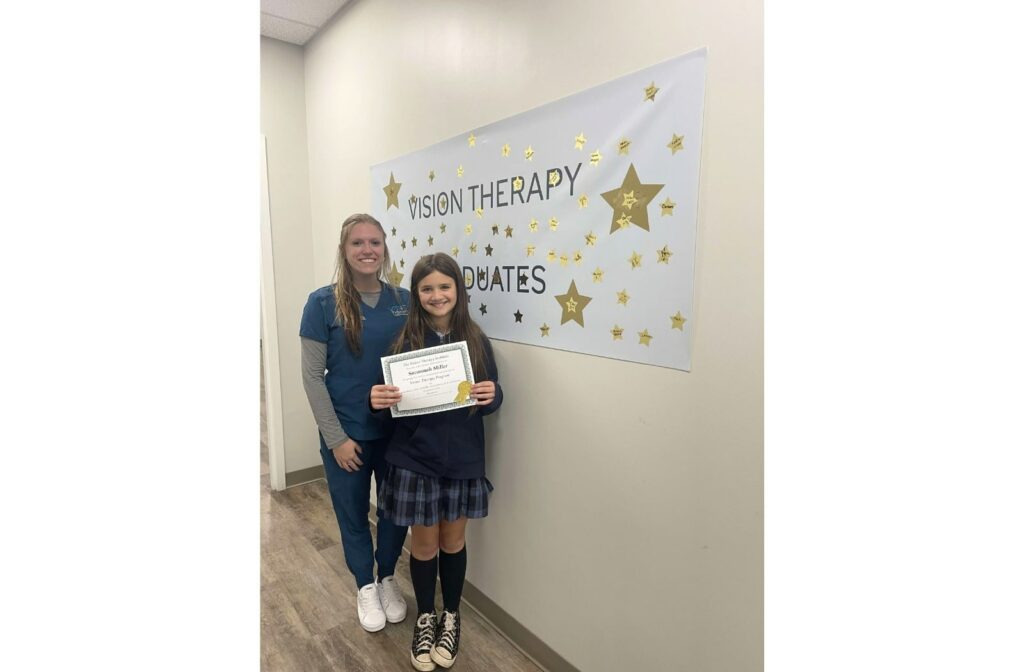
Remember: Vision is more than just seeing clearly—it’s about developing the skills to interpret and interact with the world around us. Vision therapy can be a valuable tool in nurturing your child’s growth and success.
Thank you,
Brittney Paquette, Vision Therapist
